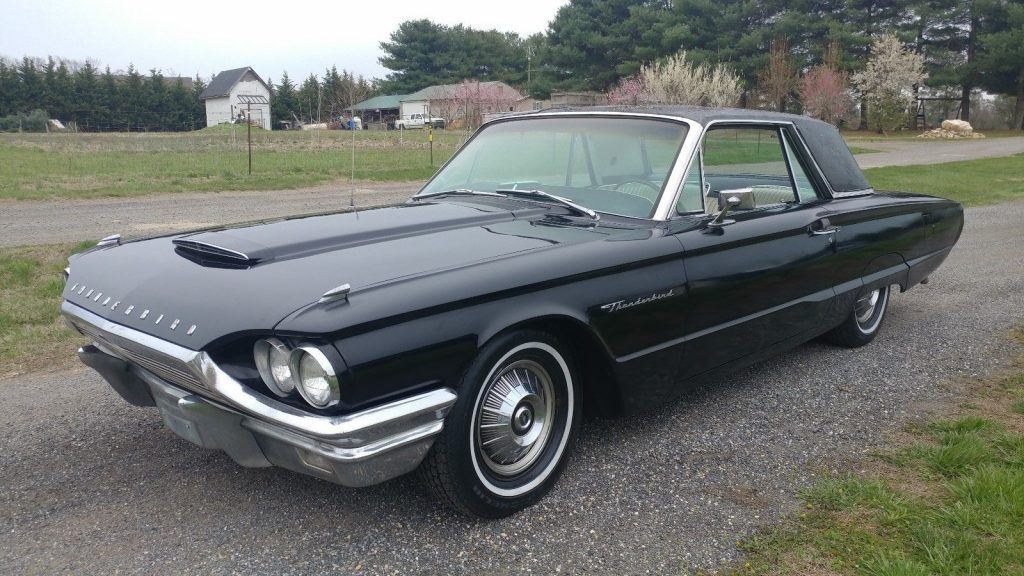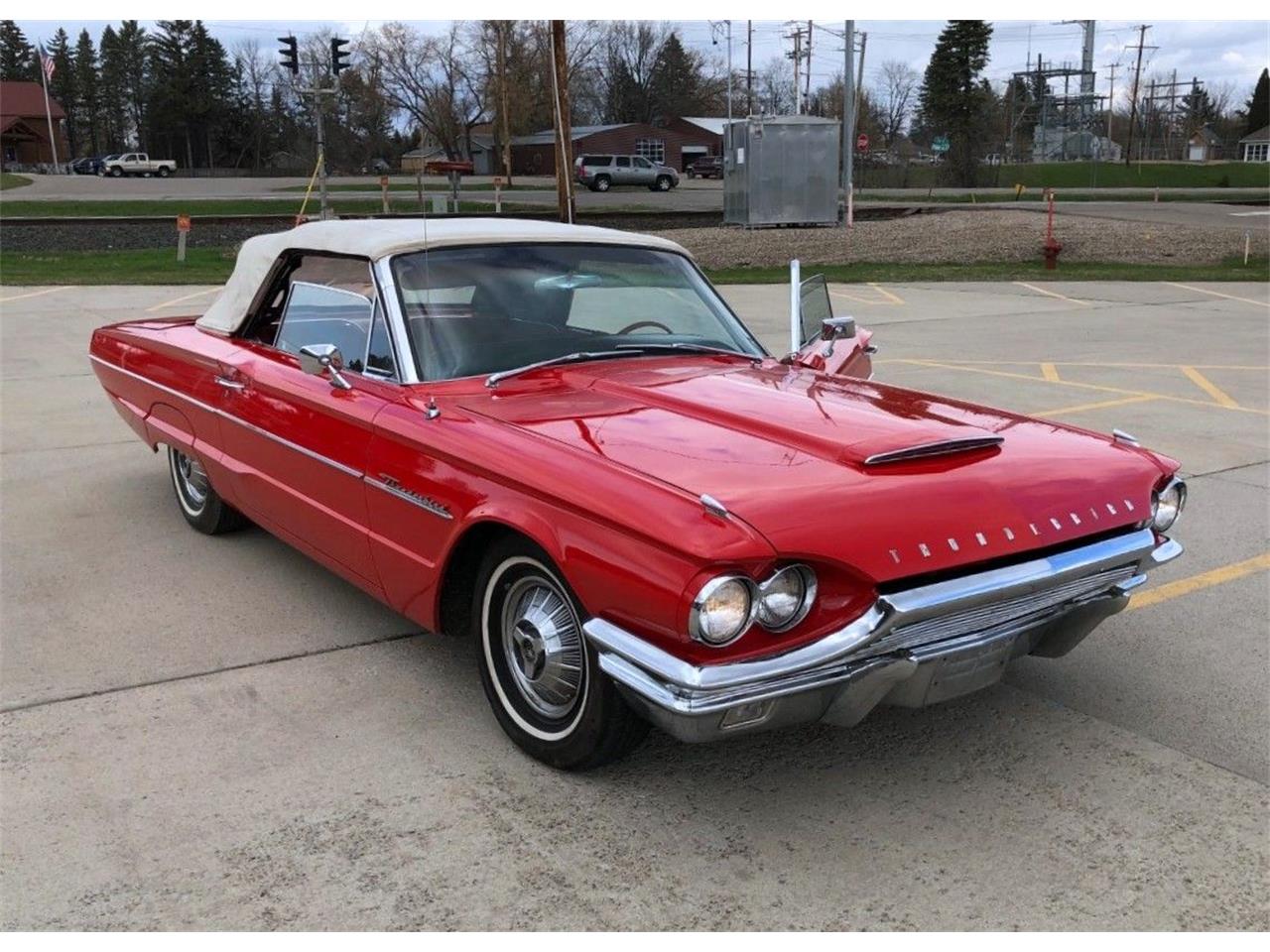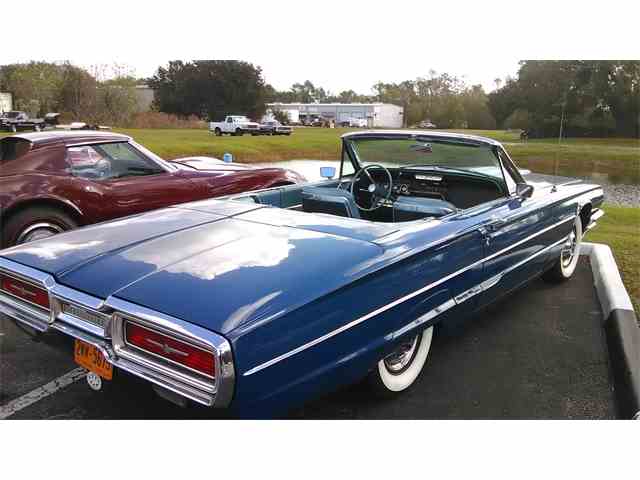

In 1966, the carmaker improved that engine and offered it with 315 hp and, for those who were still missing the punch of its predecessors, it offered a 7.0-liter V8 with 345 hp. The Ford Thunderbird is a car manufactured in the United States by the Ford Motor Company. Under the hood, Ford installed a 6.4-liter engine that provided 300 hp. That's why Ford sold the T-Bird in over 200.000 units in less than three years. Thanks to its generous wide and wood-trimmed center console, it created a luxurious image that was hard to beat by most of its competitors. The generous, wide speedometer took the top side of the instrument panel, while the other four gauges were lined-up underneath it. Inside, Ford installed comfortable seats and a dashboard that featured an extended lip on its upper side.

The Thunderbird was offered as a hardtop coupe or as a convertible with an electrical opening mechanism carried over from the Lincoln Continental. The headlights clusters mimicked an eagle eye with their shapes, while the raked-forward grille created a dynamic, not sporty, image. Its long, wide, and flat hood was extended over the front dual-headlamps. It cared about image, comfort, and performance.

The fourth-generation was a four-seat coupe longer than many four-door sedans. Although, with the fourth generation's introduction, it was clear that Ford didn't want to fight with the Corvette, at least not with the T-Bird. It was the car that made Corvette looks foolish, and it did that while offering a higher level of comfort. That credit went to the newly launched Mustang.īy the mid-'60s, the Thunderbird was already known and respected both on the streets and in car culture. The no-reserve auction is set to expire in 4 days, and the top bid right now is just a little over $1,600.The fourth generation of the T-Bird evolved into a personal luxury coupe, and it stepped away from its previous sporty image.
1964 FORD THUNDERBIRD FULL
Of course, the only way to figure out if the car deserves a full restoration is to go check it out in person, especially because it’s hard to tell if the rust is a major concern or if any parts are missing. Unfortunately, we have no clue if it’s locked up from sitting or if it struggles with any other problem. The convertible was the rarest, with just a little over 9,000 cars.Īs for the engine, this model was fitted from the factory with a 390 4-barrel, but as said, this unit is no longer running. This was the second most-common choice for 1964, as the hardtop accounted for over 65 percent of the entire production (this means more than 60,500 units ended up seeing the daylight in this body style). So we don’t know anything about it, other than the engine under the hood is no longer running.Īccording to the VIN, this mysterious Thunderbird was born at the Wixom Assembly Plant as a Tudor Landau. Unfortunately, the car comes with almost no information, as eBay seller ndtoto2 says they have zero details about this Thunderbird. One of them has recently been found sleeping in a yard, and it’s now searching for a new owner as part of an estate sale. This was one of the more popular years for the luxury vehicle with three submodels available. 00:00 Start00:04 Night Drive00:31 Startup and Headlights01:06 Intro - Terrible weather, animal update03:51 Beginning of review - overview12:30 1964 in review. The styling refinements, the engines, and the focus on a luxurious experience made the 1964 T-Bird pretty successful, as the American carmaker ended up producing close to 92,500 units. The 1964 Ford Thunderbird was a part of the fourth generation of the model. The base unit was the 390 (6.4-liter), followed by the more powerful 427 and 428 (7.0-liter) powerplants. However, the T-Bird remained a luxurious drive, with Ford offering a lineup of three engines throughout this generation.


 0 kommentar(er)
0 kommentar(er)
